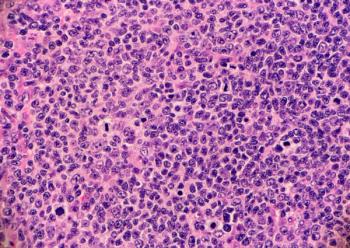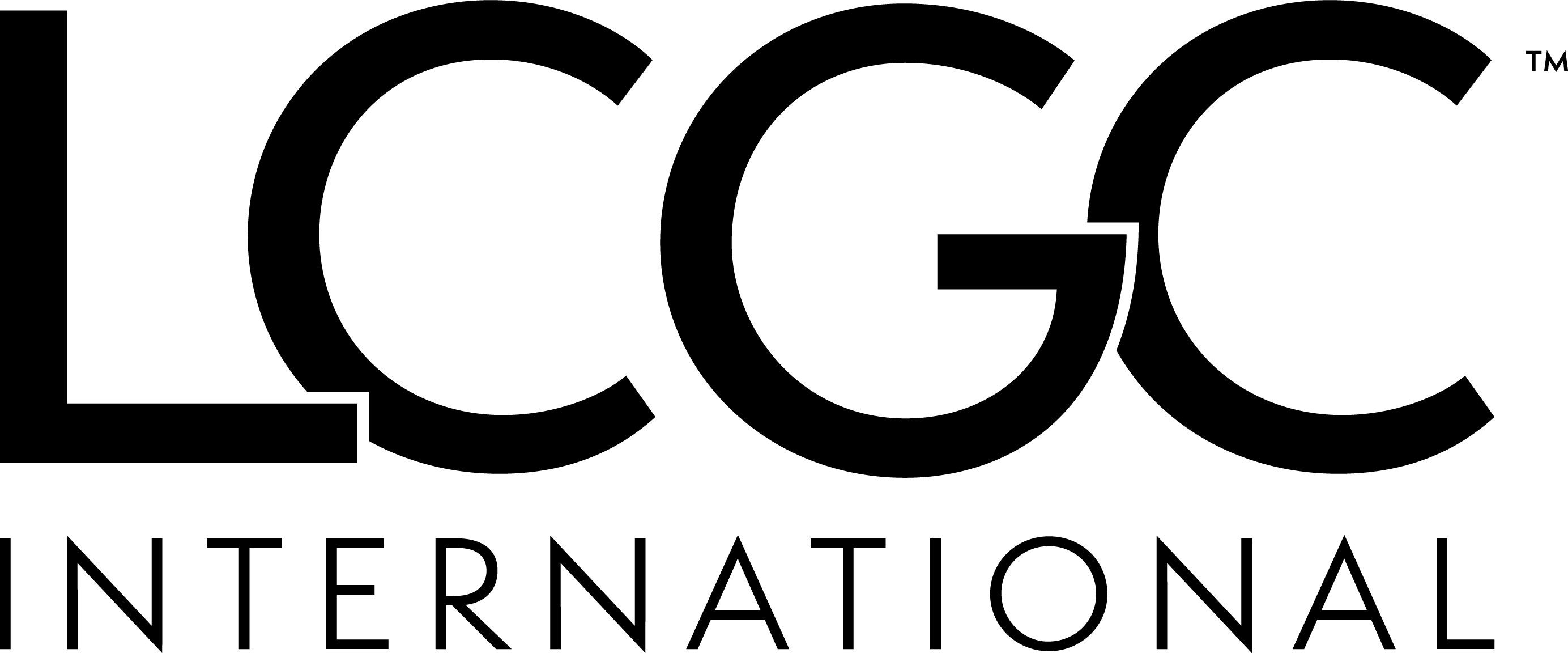Key Takeaways
- On-body delivery system (OBDS) proves non-inferior to IV Sarclisa in multiple myeloma treatment. Data from the Phase III IRAKLIA trial showed that subcutaneous Sarclisa administered via OBDS achieved an objective response rate of 71.1%, comparable to the 70.5% seen with IV administration, meeting key non-inferiority criteria in relapsed or refractory multiple myeloma patients.
- OBDS significantly reduces infusion-related reactions and boosts patient satisfaction. Only 1.5% of patients receiving Sarclisa via OBDS experienced infusion-related reactions versus 25% with IV treatment. Additionally, 70% of patients in the OBDS group reported being satisfied or very satisfied with the treatment experience.
- Phase II IZALCO trial supports OBDS preference over manual injection. In patients treated with Sarclisa plus carfilzomib and dexamethasone, nearly 75% preferred OBDS over manual subcutaneous injection, with high efficacy and minimal site reactions reported—validating OBDS as a patient-friendly innovation in multiple myeloma care.
Updated data from the Phase III IRAKLIA (NCT05405166) and Phase II IZALCO (NCT05704049) clinical trials support the use of a novel on-body delivery system (OBDS) to deliver subcutaneous (SC) Sarclisa (isatuximab-irfc; Sanofi) in patients with relapsed or refractory multiple myeloma (RRMM).
SC Sarclisa Delivered via On-Body Injector Matches IV Efficacy in Multiple Myeloma Trials
Trial data, presented at the 2025 ASCO Annual Meeting and published by the Journal of Clinical Oncology, demonstrated non-inferior efficacy with the SC administration via OBDS compared to intravenous (IV) infusion while lowering infusion-related reactions and improving patient quality of life, according to the study.1-4
IRAKLIA Phase III Trial Confirms Non-Inferiority of Subcutaneous Sarclisa via OBDS
“Results from the IRAKLIA Phase III study represent a potentially transformational advancement in the administration of multiple myeloma treatment,” study investigator Xavier Leleu, MD, PhD, head of the Department of Hematology and Myeloma Clinic at the Hôpital La Mileterie, said in a press release. “These data not only establish non-inferiority between Sarclisa administered both subcutaneously and intravenously across several key endpoints but reinforce the positive impact that this on-body injector could have on the patient treatment experience, as demonstrated by patient satisfaction scores.”1
Sarclisa is a targeted monoclonal antibody with prior approvals for patients with relapsed or refractory multiple myeloma, which is the second most common type of blood cancer.5,6
In September 2024, the FDA approved a supplemental Biologics License Application for Sarclisa combined with bortezomib, lenalidomide, and dexamethasone (VRd) to treat transplant-ineligible patients with newly diagnosed multiple myeloma.7 The regulatory action made Sarclisa the first anti-CD38 therapy indicated in combination with VRd for newly diagnosed patients who are ineligible for a transplant.
“SC isatuximab administration via an innovative (OBDS) offers potential advantages over IV infusions (shorter injection duration, smaller administration volume) and over manual injections—hands-free administration, constant pressure delivery, and a small, hidden, retractable needle,” the study authors wrote in the Journal of Clinical Oncology. “The phase 1b TCD15484 study of Isa-Pd in RRMM patients demonstrated that efficacy and safety of isatuximab SC, via infusion pump or OBDS, were consistent with IV administration, with excellent local tolerability of isatuximab SC via OBDS.”4
IRAKLIA Trial Design and Endpoints
- The investigational, randomized, open-label IRAKLIA trial sought to establish noninferiority of SC Sarclisa plus pomalidomide and dexamethasone (Pd) administered at a fixed dose via Enable Injections’ enFuse hands-free OBDS compared to weight-based dosed IV Sarclisa plus Pd in adults with RRMM.
- The enFuse OBDS was developed to deliver high-volume medications via SC administration through automated drug delivery technology. The enFuse system has a retractable needle that is thinner than current SC injection needles.
- A total of 531 patients were enrolled at 252 global sites and randomly assigned in a 1:1 ratio to receive SC or IV Sarclisa plus Pd in 28-day cycles until disease progression, unacceptable adverse effects, or patient withdrawal.
- In the SC cohort, Sarclisa was administered at a fixed weekly dose for four weeks in the first cycle and every two weeks afterwards.
- In the IV cohort, Sarclisa was infused at a weight-based dose on a weekly basis for four weeks for the first cycle and every two weeks afterwards.
- The trial’s co-primary endpoints are objective response rate (ORR), which was defined as proportion of patients with stringent complete response (CR); CR; very good partial response (VGPR); partial response as per 2016 International Myeloma Working Group criteria assessed by independent review committee; and observed Ctrough at steady state, which was defined as observed plasma concentrations for Sarclisa.
IRAKLIA Trial Shows Fewer Infusion Reactions and Higher Patient Satisfaction with OBDS
- IRAKLIA results show an ORR of 71.1% for patients administered SC Sarclisa compared to 70.5% with IV administration, confirming noninferiority.
- Blood concentration levels of Sarclisa recorded prior to dosing at steady state were higher in the SC cohort compared to the IV cohort, as both delivery methods achieved the criteria of pharmacokinetic non-inferiority.
- Rates of VGPR or better were similar between the SC and IV Sarclisa cohorts, indicating comparable depth of response.
- Patients in the Sarclisa SC cohort reported far fewer systemic infusion reactions at 1.5% compared to 25% in the IV cohort, with most reactions mild and resolving within a day.
- No treatment discontinuations occurred due to infusion reactions in the SC cohort.
- Seventy percent of patients in the SC cohort reported being satisfied or very satisfied with the treatment compared to 53.4% in the IV cohort.
- Nearly all SC doses delivered via OBDS were successfully administered, with no major safety issues tied to the device.
- One-year progression-free survival rates were similar between cohorts, suggesting similar long-term outcomes regardless of administration method.
IZALCO Trial Design and Endpoints
- The two-part, randomized, sequential, open-label, Phase II IZALCO trial analyzed the efficacy and safety of Sarclisa administered SC via manual push or OBDS in combination with carfilzomib and dexamethasone (Kd) in adults with RRMM who were previously administered one to three lines of treatment.
- The trial’s primary endpoint is ORR, as assessed by independent review committee, with a secondary endpoint of patient preference for OBDS compared to manual administration of Sarclisa SC.
IZALCO Phase II Trial Highlights Patient Preference for On-Body Delivery
- ORR in the Sarclisa SC plus Kd cohort reached nearly 80%, aligning with expectations for efficacy.
- After 10 months of follow-up, more than 60% of patients achieved a VGPR or better, with more than one in five reaching CR or better.
- Injection-related reactions were minimal as only two patients had mild reactions with manual administration and none occurred with the OBDS. Local site reactions were rare, affecting approximately 1% of total injections.
- Nearly three-quarters of patients favored the OBDS over manual injection following exposure to both delivery methods.
“We believe multiple myeloma patients deserve a more convenient and comfortable treatment experience and recognize the crucial role providers play in delivering that care,” Mehul Desai, PharmD, MBA, vice president, Medical Affairs, Enable Injections, said in the release. “Through our collaboration with Sanofi, we’ve aspired to advance an on-body injector that could transform the treatment experience for patients and providers alike. The results from the IRAKLIA and IZALCO studies represent a significant step toward our ambition and validate the potential of the on-body injector to deliver the same high standard of efficacy established with intravenous Sarclisa.”1
References
1. ASCO: new Sarclisa data support subcutaneous administration with on-body injector. News release. Sanofi. June 3, 2025. Accessed June 6, 2025. https://www.sanofi.com/en/media-room/press-releases/2025/2025-06-03-12-26-42-3092736
2. SC versus IV isatuximab in combination with pomalidomide and dexamethasone in RRMM (IRAKLIA). Clinicaltrials.gov. Updated November 14, 2024. Accessed June 6, 2025. https://clinicaltrials.gov/study/NCT05405166
3. A Study to Investigate Subcutaneous Isatuximab in Combination With Carfilzomib and Dexamethasone in Adult Participants With Relapsed and/or Refractory Multiple Myeloma. Clinicaltrials.gov. Updated November 14, 2024. Accessed June 6, 2025. https://www.clinicaltrials.gov/study/NCT05704049
4. Sikander Ailawadhi et al. Isatuximab Subcutaneous by On-Body Delivery System vs Isatuximab Intravenous Plus Pomalidomide and Dexamethasone in Relapsed/Refractory Multiple Myeloma: Phase 3 IRAKLIA Study. JCO 0, 10.1200/JCO-25-00744. DOI:10.1200/JCO-25-00744
5. FDA approves Sarclisa (isatuximab-irfc) for patients with relapsed multiple myeloma. News release. Sanofi-aventis U.S. LLC. March 2, 2020. Accessed June 6, 2025. https://www.sanofi.com/en/media-room/press-releases/2020/2020-03-02-19-51-16
6. Understanding SARCLISA. International Myeloma Foundation. Published June 2020. Accessed June 6, 2025. https://imf-d8-prod.s3.us-west-1.wasabisys.com/2020-06/U-Sarclisa.pdf
7. SARCLISA® Approved in the US as the First Anti-CD38 Therapy in Combination with Standard-of-Care Treatment for Adult Patients with Newly Diagnosed Multiple Myeloma not Eligible for Transplant. Sanofi. September 20, 2024. Accessed June 6, 2025. https://www.news.sanofi.us/2024-09-20-SARCLISA-R-approved-in-the-US-as-the-first-anti-CD38-therapy-in-combination-with-standard-of-care-treatment-for-adult-patients-with-newly-diagnosed-multiple-myeloma-not-eligible-for-transplant







.png)



.png)



.png)
.png)
